Open CV Online Blog
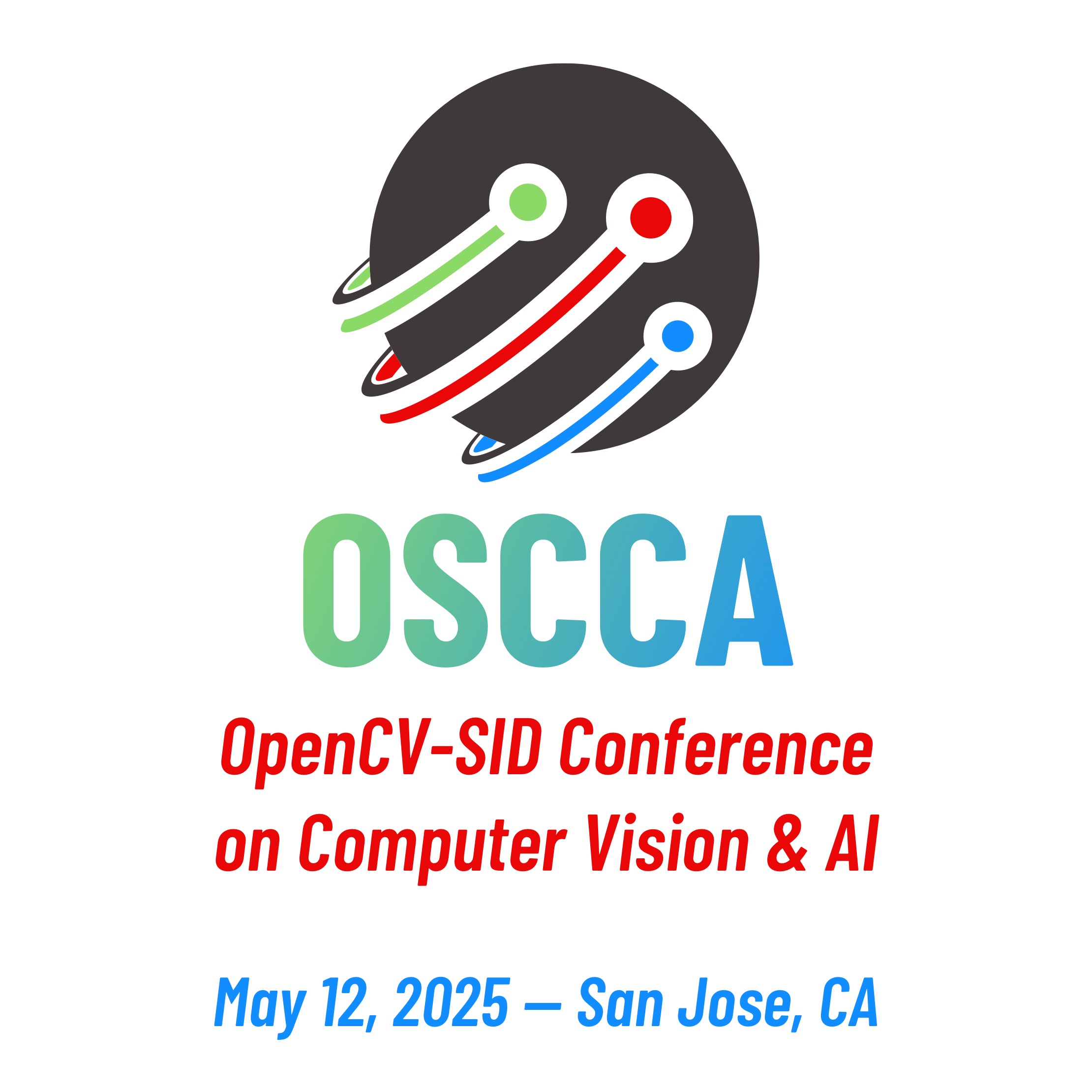
Introducing The OpenCV-SID Conference on Computer Vision & AI
The OpenCV community is set to gather for an exceptional event, The OpenCV-SID Conference on Computer Vision & AI (OSCCA). Our conference is one full
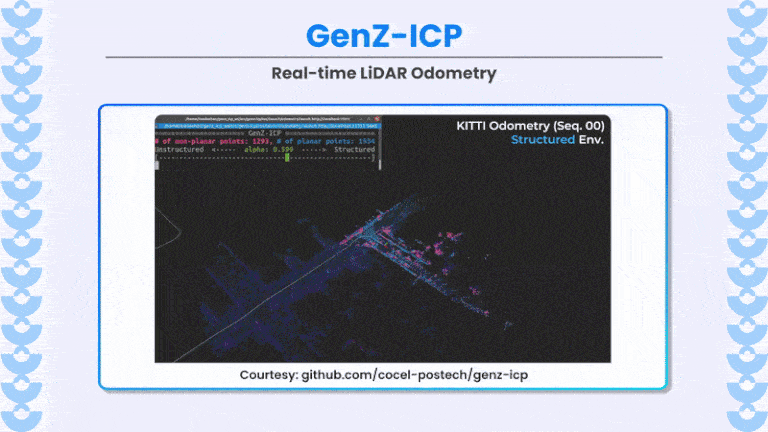
GenZ-ICP: Generalizable and Degeneracy-Robust LiDAR Odometry Using Adaptive Weighting
GenZ-ICP introduces an innovative iterative Closest Point (ICP) method that enhances LiDAR-based pose estimation by adaptively integrating point-to-plane and point-to-point error metrics, ensuring robust performance
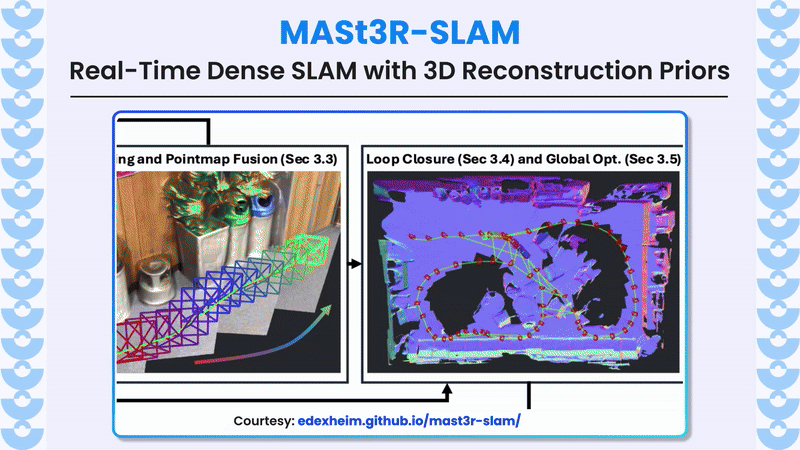
MASt3R-SLAM: Real-Time Dense SLAM with 3D Reconstruction Priors
Imperial College London unveils MASt3R-SLAM: a cutting-edge monocular dense SLAM system built on the revolutionary MASt3R two-view 3D reconstruction prior, delivering unmatched real-time accuracy and
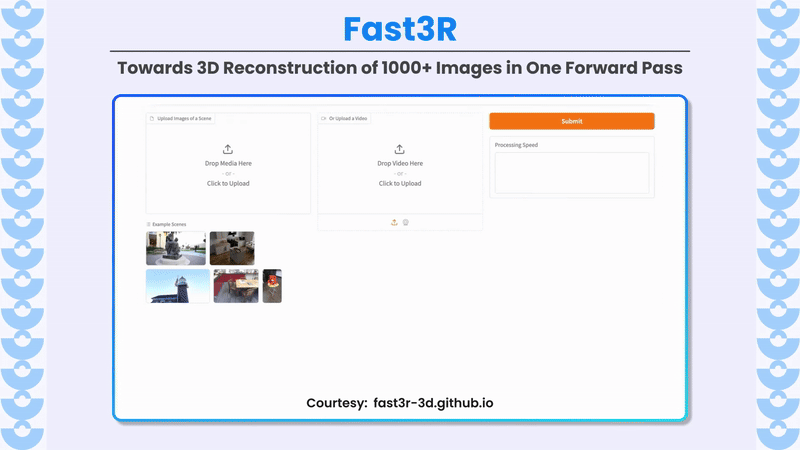
CVPR 2025-Fast3R: Towards 3D Reconstruction of 1000+ Images in One Forward Pass
Fast3R breaks the pairwise bottleneck in multi-view 3D reconstruction. Building on DUSt3R, it introduces a transformer-based architecture that directly regresses dense 3D pointmaps from unposed,
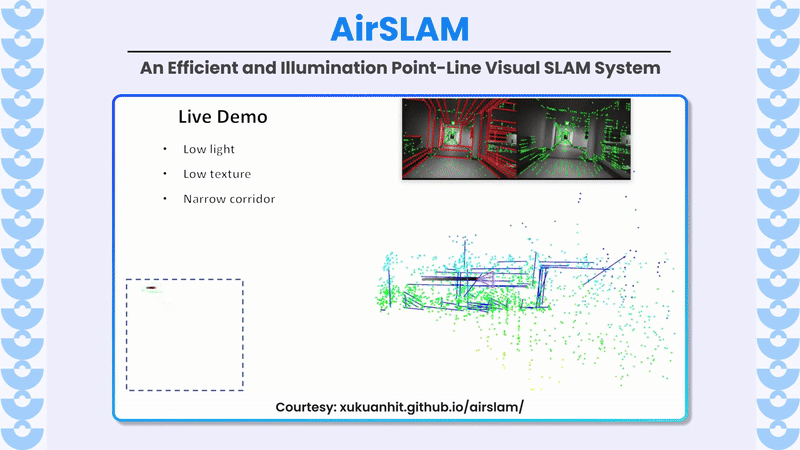
AirSLAM: An Efficient and Illumination-Robust Point-Line Visual SLAM System
AirSLAM introduces a hybrid visual SLAM approach that integrates deep learning for feature detection with traditional backend optimization. Key highlights: Resource Links Related articles from
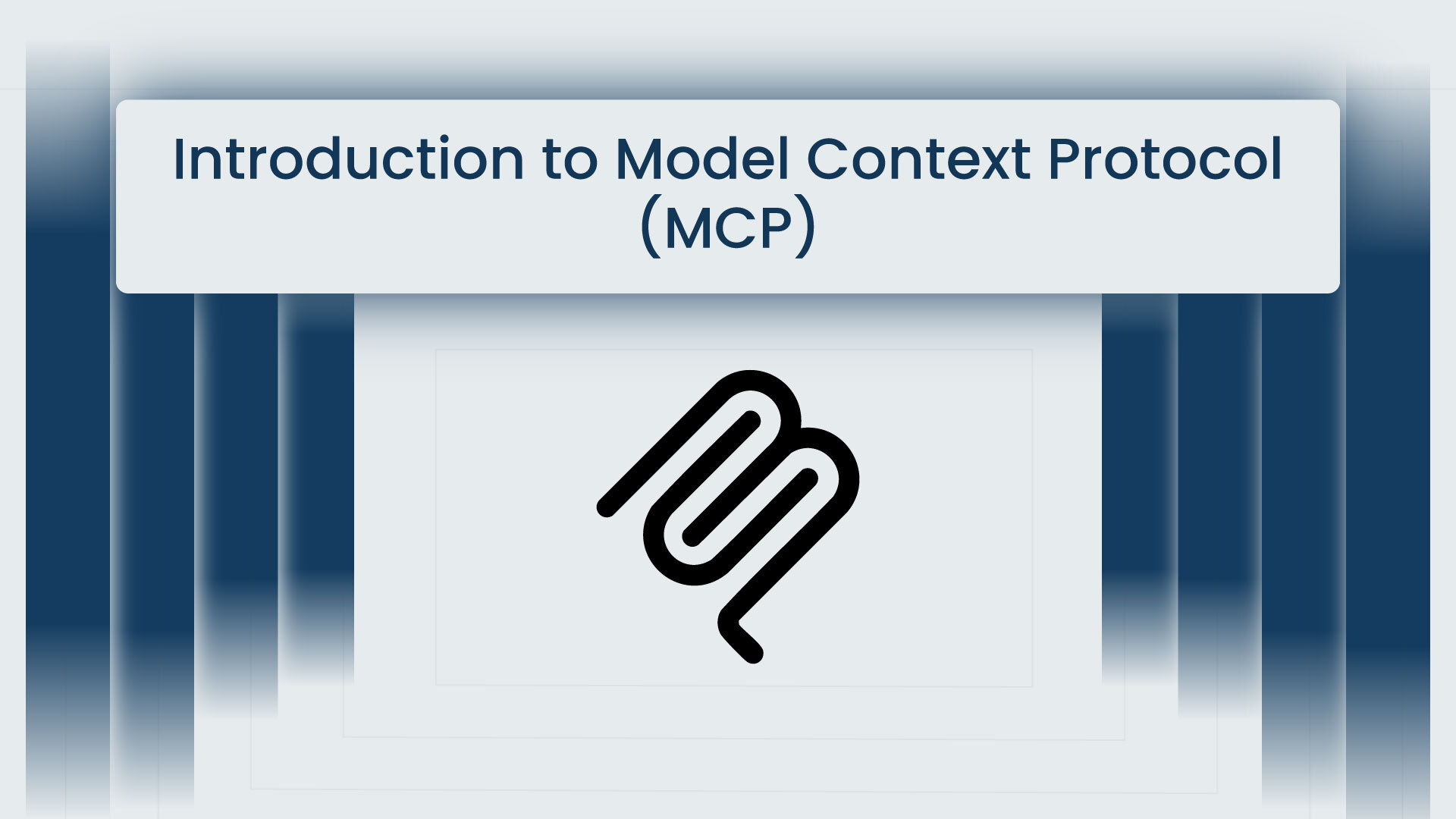
MCP – A Beginner’s Guide
Imagine you’re using an AI writing assistant to draft an email. It’s excellent at creating clear and concise text, but you need the email to

Raspberry Pi with OpenCV: Getting Hands-On with AI at the Edge
Creating a product is not just about software; hardware plays a crucial role as well. Specifically, in computer vision, we need compact edge hardware to
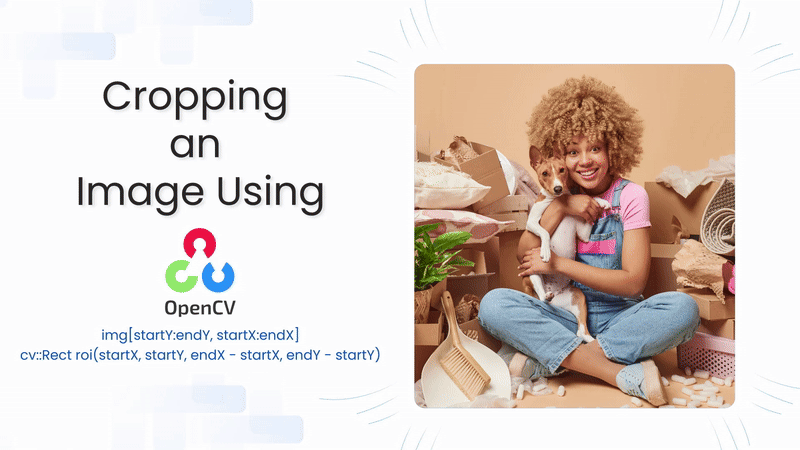
Cropping an Image Using OpenCV
Image cropping is a fundamental operation in image processing that involves selecting a specific region of interest (ROI) from an image and discarding the rest.
Pixel-Level Image Manipulation using OpenCV
Accessing and manipulating pixels is the most fundamental step in image processing. Every image is made up of tiny elements called pixels, and modifying these


